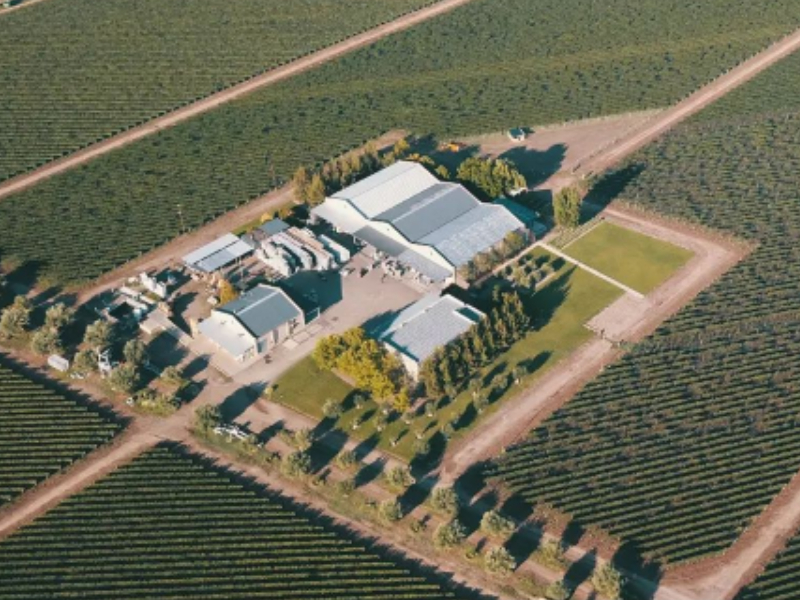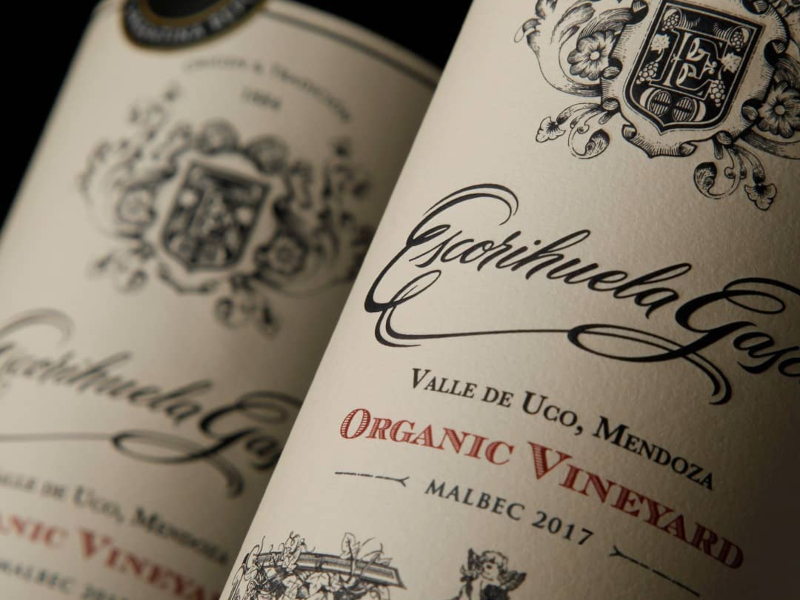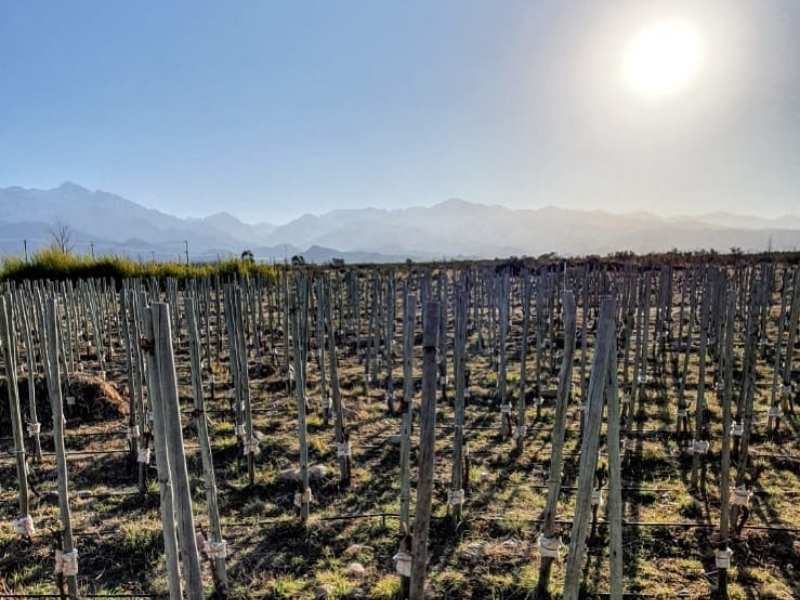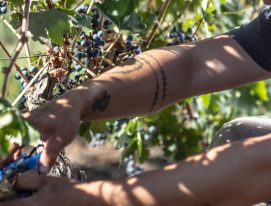In the early 20th century, the Austrian thinker Rudolf Steiner set out the foundations of biodynamic philosophy. Over 100 years later and about 7500 miles away, more and more producers in Argentina are applying these practices to make quality biodynamic wines that respect the ecosystem.
The statistics show that biodynamics, like sustainable practices and organic production, is continuing its expansion with great momentum across the country. According to data provided by Vinodinámicos, a group of producers focused on finding new solutions to improve the vitality of their soils, sustainable management of diseases, respectful pruning methods and co-existence with ants, the country has 523 hectares of vineyards certified by Demeter belonging to 13 viticultural establishments.
It might not seem like much compared to the 200,000 hectares under vine in Argentina but the farming method has grown by 60% in five years and several wineries are still in the process of getting certification while others simply apply the methods without feeling the need for official certification.
Biodynamic wines: an ongoing evolution

Just like the ecosystems within which viticulture takes place, biodynamics are always evolving. “Argentina is a region still in its infancy when it comes to this philosophy, and although we’re applying it to the ancient craft of making wine, it has changed quite a lot in the past fifteen to twenty years. The basic theory of biodynamics was developed in a place, environment, and climate with variables quite different to those found in Mendoza. The interesting thing is how we’re developing our own techniques to suit the local context. It’s exciting, because there’s so much to be done,” says Leonardo Devia, the oenologist at Chakana Wines, one of the wineries producing biodynamic wines.
“Although it’s the oldest farming method in the world, it’s very dynamic because it takes into account the ecosystem, the place, the people and the animals. All of these are variable factors and so is the relationship between them, which makes it a very complex system. The fine-tuning is endless, it’s an infinite process,” he continues.

Victoria Brond, the oenologist at Alpamanta, agrees: “It’s a relatively new philosophy. Steiner left behind plenty of information and we’re still developing it, from the concept of vitality to biodynamic mixtures and the calendar, it’s all a very rich fount of information and requires plenty of research. I think we’re on the cusp of plenty of discoveries.” She believes that the philosophy is a means of coming to the realization that there is always a different way of doing things. “It’s the only wine segment still growing across the world. Biodynamics are playing a key role in wines so that consumers can be assured that the product is healthy.”
A collaborative experience
Perhaps one of the key reasons for the spread of biodynamics in Argentina is the teamwork between the different producers. Grouped together under the Vinodinámicos umbrella and working in partnership with other institutions, they have come up with several solutions and perfected many techniques to better suit the region.
“The mutual support is very important, because there’s still plenty we need to learn. We’re testing things and fine-tuning all the time to achieve better results. Our role is important to continual learning, development of new skills and exchanging information with other people doing the same thing,” says Celina Rivas, the oenologist at Escorihuela Gascón and a member of the group.

The winery is one of the pioneers of biodynamic viticulture and started to implement the techniques on the initiative of Ernesto Catena over fifteen years ago. In 2015, Escorihuela Gascón launched their Organic Vineyard line, which had organic and biodynamic certification. These wines come from a 70-hectare vineyard located in El Cepillo, in the Uco Valley. Another 150 hectares are currently in the process of being converted at a vineyard in Agrelo. “We think this is the way forward for vineyard management,” says Rivas.
Victoria Brond emphasizes the value of collaboration for the continued progress of biodynamic viticulture. “It’s a very long journey, it takes many years to learn because all the science is complex. There’s plenty we’ve proved and much more we’re working on. It takes a lot of study, twice as much as usual, because the conventional tools they teach at university are of no use to us here.”
Honest wines

If there’s something that experts on biodynamics agree on it’s that the method produces better quality wines. “The main and most obvious thing is that these wines are vivid, honest sensory expressions of four different aspects of the terroir: soil, climate, botanical identity and management. Which is to say that they tell the story of their life without euphemisms or massaging the message,” says Cecilia Martínez, one of the founders of Vinodinámicos and a member of the Argentine Commission on Sustainable Viticulture.
“In a food industry in which pleasing consumers is paramount, biodynamic wines stand out with their own character. Here, it’s important to ask ourselves whether we can truly appreciate that kind of quality. It’s a complex task with sensory and intellectual dimensions… Then there’s the question of whether we consume just for pleasure or to nourish ourselves more healthily.”
Celina Rivas adds, “In this kind of viticulture, the work done in the vineyard is reflected in the quality of the grapes and that continues into the wine. You don’t get the same thing from a non-organic or non-biodynamic vineyard.”



